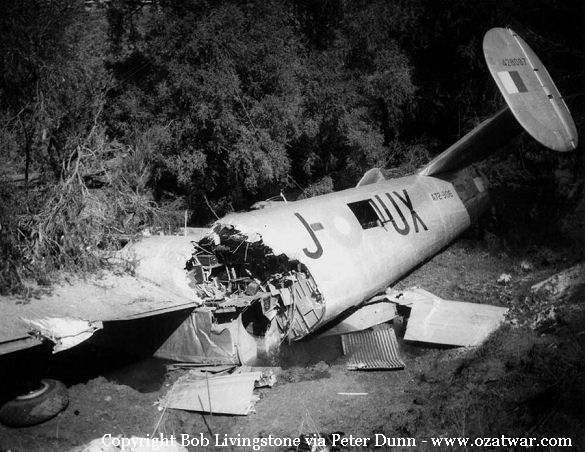Crash of a Fokker F27 Friendship 600 in Amberley
Date & Time:
Jun 9, 1982
Registration:
VH-TQQ
Survivors:
Yes
Schedule:
Amberley - Amberley
MSN:
10388
YOM:
1969
Crew on board:
3
Crew fatalities:
Pax on board:
0
Pax fatalities:
Other fatalities:
Total fatalities:
0
Aircraft flight hours:
33311
Aircraft flight cycles:
32482
Circumstances:
The crew as completing a local training flight at Amberley Airport. On final approach, the instructor simulated a left engine failure. The airplane lost height on short final, went into a nose-down attitude and landed hard. The nose gear collapsed and the left engine partially detached. The airplane veered off runway and came to rest. While all three crew members escaped uninjured, the aircraft was damaged beyond repair.
Probable cause:
Power was reduced on the left engine at a lower than approved altitude. Directional control was lost when the trainee applied full power on the right engine.







